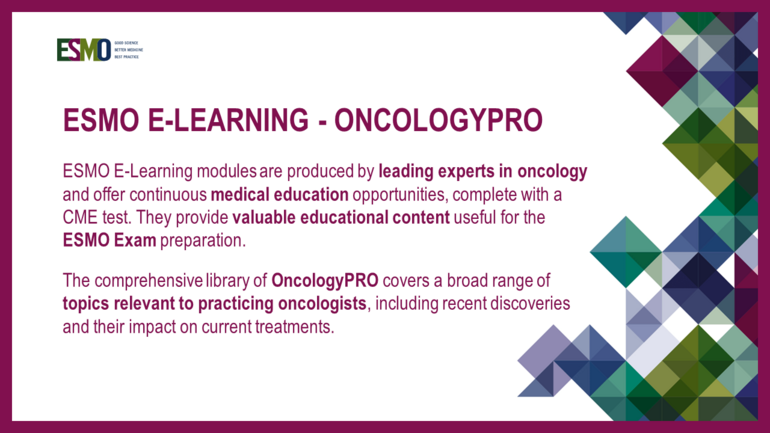In this E-Learning module, the author elaborates on essential facts in terms of cancer incidence, mortality and risk, cancer aetiology, and cancer primary and secondary prevention. Details are provided for cancer rates and risk worldwide and by continent; cancer aetiology, classification of cancer-causing agents by strength of evidence and strength of association, and global cancer burden attributable to potentially modifiable risk factors.
The author provides definitions of cancer prevention and presents risk factors with highest potential for prevention through specific interventions. Details are provided for risks and prevention interventions related to tobacco use, including the new emerging threat of novel tobacco products, alcohol consumption, physical activity, diet, obesity, variety of infectious agents, ultraviolet radiation, environmental factors, occupational exposure, and reproductive and hormonal factors. Example of chemoprevention strategy is presented.
The author details the recommendations for lifestyle changes after diagnosis of cancer, in terms of weight management, physical activity, tobacco use cessation and nutrition.
The screening definition, prerequisites, benefits and harms, types of screening programmes and performance indicators are presented, as well as screening recommendations for cancer sites in Europe and by international guidelines. Moreover, the author describes risk-stratified recommendations in some cancer sites and how risks of overdiagnosis and overtreatment can be reduced for some tumour sites.
The author highlights that, although early diagnosis is not as effective as screening, it can be used in low-resource settings where screening may not be feasible and, therefore, cancers are commonly diagnosed at a late stage, and in settings where not all adults are invited to, or attend screening, and when screening programmes fail to detect some cancers. The author also looks into emerging technologies for early cancer detection.


